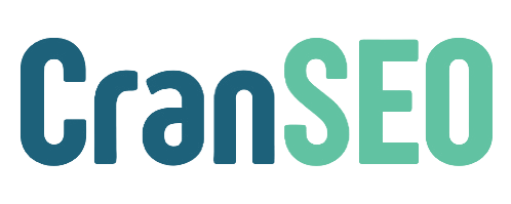Content Length and Quality in SEO #
Content length plays a crucial role in search engine optimization (SEO). While there is no strict rule on the exact number of words an article should have, studies have shown that longer, well-structured content tends to perform better in search rankings. CranSEO recommends writing content that is at least 600 words to ensure depth, engagement, and comprehensive topic coverage.
Why Content Length Matters #
- Improved Search Engine Rankings – Search engines, especially Google, favor in-depth content that thoroughly answers a user’s query.
- Increased Engagement – Longer articles keep readers on the page longer, reducing bounce rates and improving session durations.
- Higher Shareability – Detailed, valuable content is more likely to be shared on social media and linked to by other websites.
- Authority and Expertise – A well-researched and lengthy post helps establish your website as an authority in your niche.
Elements of High-Quality Content #
1. Well-Structured Content #
A long post should not just be about word count but also about organization and readability. Structure your content using:
- Headings (H1, H2, H3, etc.) for better readability.
- Short paragraphs (2-3 sentences per paragraph) to make content scannable.
- Bullet points and lists to summarize key points effectively.
2. Keyword Optimization #
Including keywords naturally throughout your content is essential for SEO. Ensure that you:
- Use the primary keyword in the title, first paragraph, and subheadings.
- Integrate LSI (Latent Semantic Indexing) keywords to support the main topic.
- Maintain a natural keyword density (avoid keyword stuffing).
3. Readability and User Experience #
A great post is easy to read and engaging. To enhance readability:
- Use simple and clear language.
- Avoid long, complicated sentences.
- Break up large text blocks with images, infographics, and videos.
4. Internal and External Links #
Adding links improves SEO and user experience by providing additional context and resources.
- Internal links guide users to related content on your website, boosting dwell time.
- External links to authoritative sources increase credibility.
5. Multimedia Elements #
Adding visuals enhances user engagement and content value.
- Images break up text and make articles more appealing.
- Infographics summarize data in an easily digestible format.
- Videos can increase time spent on the page.
6. Call-to-Action (CTA) #
A well-optimized article should encourage users to take action. End your content with:
- A question to encourage discussion.
- A prompt to subscribe, follow, or share.
- A link to related content or services.
Conclusion #
Content length is a significant factor in SEO success, but quality matters more than just word count. Aim for at least 600 words while ensuring that your content is structured, optimized, and engaging. By implementing the elements discussed above, you can create high-ranking, reader-friendly content that drives traffic and conversions.




